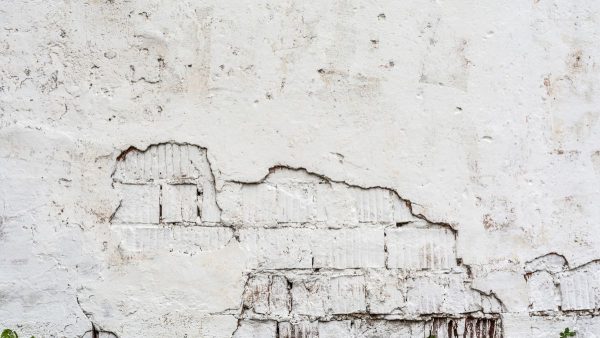Repairing EIFS and stucco after hail damage

Significant hail damage can affect the waterproofness of stucco and an exterior insulation finish system (EIFS). We will share how these exteriors are applied, where they’re susceptible to hail damage, how to identify hail damage to them, and how to repair the damage.
EIFS and stucco: structure and vulnerability
Stucco is a more common exterior finishing material than EIFS. Both are used as siding for residential or commercial buildings to help with fire resistance and insulation, provide a sound barrier, and give an artistic look.
Stucco is a cement-based mixture that can be applied in three different methods:
- 1-coat: Uses stucco, usually applied over a metal lath or foam board.
- 2-coat: Uses a bonding adhesive before two coats of stucco are applied. This is best for block, brick, or concrete walls.
- 3-coat: Uses an asphalt-infused paper layer, followed by furred chicken wire, then a base layer of stucco, finished with a coat of stucco for color and texture.
An EIFS uses a stucco mixture in its construction, with added layers of materials, and provides more insulation and protection from moisture. The two types of EIFS are:
- Barrier: Repels water through its base coat.
- Drainage: Uses a drainage plane to get rid of moisture.
Traditional stucco is brittle, so it’s more prone to damage from hail. But, the flexibility of EIFS stucco gives your commercial building’s exterior more protection.
Identifying hail damage on EIFS and stucco
You will notice hail damage on stucco or EIFS as cracks, round impact marks, or holes. This damage can allow water to harm the underlying masonry, which is why it’s so important to examine your exteriors after a large hailstorm.
Repair techniques for EIFS and stucco
Generals steps for repairing stucco:
- Scrape away loose pieces and vacuum debris around cracks or holes.
- Remove stucco where there is standing water if needed.
- Fill in the holes with a stucco mixture.
- Smooth the mixture flat.
- Use a textured stucco final layer over the entire area.
General steps to repairing EIFS:
- Scrape away loose pieces and vacuum debris around cracks or holes.
- Fill the holes and cracks with an elastomeric sealant.
- Remove the broken areas if layers have broken apart and reapply the EIFS.
- Apply a base coat, as well as a texture and finishing coat.
Conclusion
Ensure you get a professional to examine your commercial building exterior after a hailstorm so no damage goes undetected. Sometimes, it’s a simple repair job, but extensive areas of hailstone damage may call for resurfacing of the entire wall. Call us if you have questions about EIFS and stucco damage or need an inspection or repair after a hailstorm.
